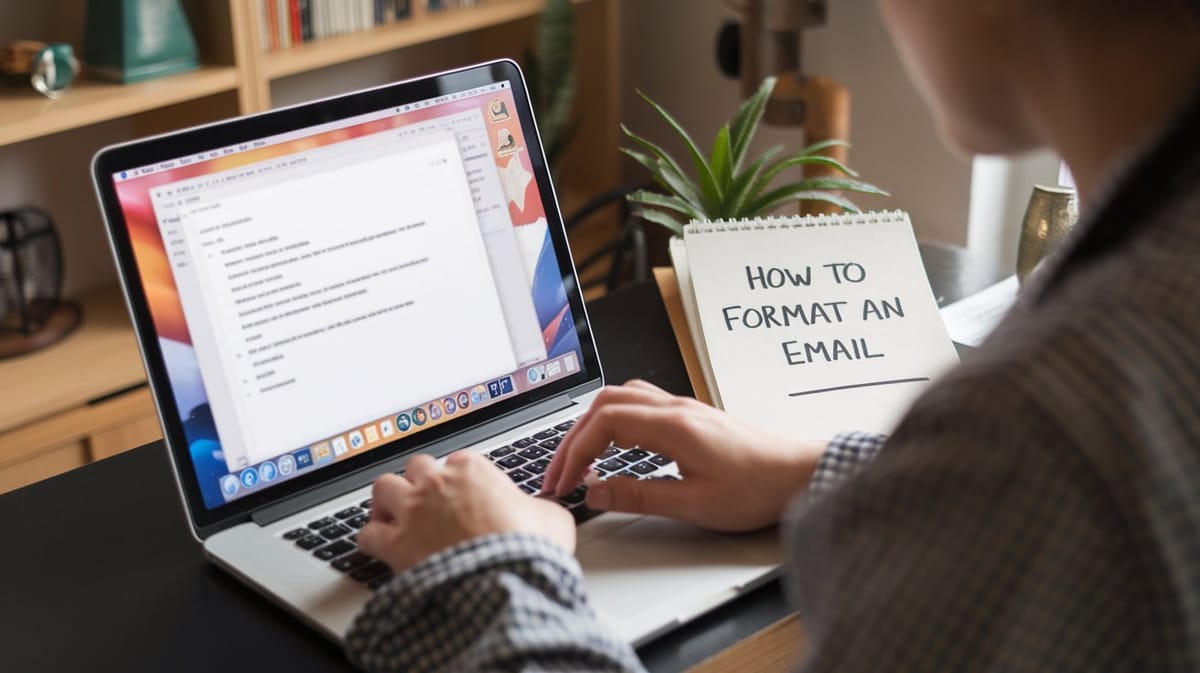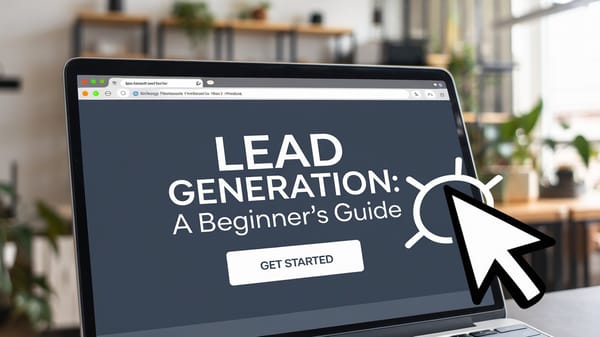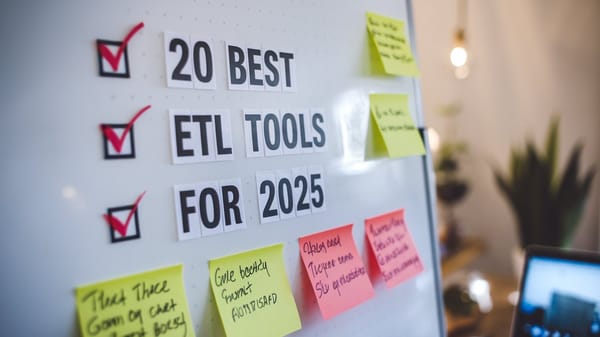How to Format an Email: Your Go-To Guide

In the digital age, email remains a cornerstone of professional communication. Whether you're reaching out to a potential client, corresponding with colleagues, or following up on a job application, the way you format your email can significantly impact your message's effectiveness. This guide aims to provide a comprehensive overview of how to format an email, drawing from the latest insights and best practices for 2024.
You can also visit Oncely.com to find more Top Trending AI Tools. Oncely partners with software developers and companies to present exclusive deals on their products. One unique aspect of Oncely is its “Lifetime Access” feature, where customers can purchase a product once and gain ongoing access to it without any recurring fees. Oncely also provides a 60-day money-back guarantee on most purchases, allowing customers to try out the products and services risk-free.
Oncely are hunting for the most fantastic AI & Software lifetime deals like the ones below or their alternatives:

Understanding the Importance of Email Formatting
Email formatting is not just about aesthetics; it's about ensuring clarity, professionalism, and engagement. A well-formatted email can enhance your credibility and make your communication more persuasive. Conversely, poor formatting can lead to misunderstandings or even damage your professional reputation (Sprout24).
Key Components of a Business Email
1. Subject Line
The subject line is the first thing your recipient sees, making it a critical component of your email. It should be concise, informative, and engaging. A well-crafted subject line can entice the recipient to open the email, while a vague or misleading one might lead to your message being ignored or marked as spam. Avoid using excessive emojis, capital letters, or punctuation, and try to keep it under 50 characters (Clean Email).
2. Greeting
Your greeting sets the tone for the rest of the email. It should strike a balance between formality and friendliness, depending on the context and your relationship with the recipient. For formal emails, use "Dear [Recipient's Last Name]," while for less formal communications, "Hi [First Name]" or "Hello [First Name]" may suffice (Clean Email).
3. Body Text
The body of your email should be clear and concise. Start with a brief introduction, followed by the main content, and conclude with a call to action or summary. Use short paragraphs and bullet points to enhance readability. Avoid jargon and overly complex language, and ensure your message is tailored to the recipient's needs and expectations (Grammarly).
4. Closing
A professional closing reinforces your message and leaves a positive impression. It typically includes a closing line, a sign-off, and your signature. Common sign-offs include "Best regards," "Kind regards," and "Sincerely." Ensure your signature includes your full name, job title, company name, and contact information (Mail.com).
5. Signature
Your email signature is an opportunity to provide additional information about yourself and your organization. It should be simple yet informative, including your name, position, company, and contact details. Avoid using images or complex formatting that might not display correctly on all devices (Mail.com).
Best Practices for Email Formatting in 2024
Embrace Visual and Multimedia Elements
Incorporating visual and multimedia elements can make your emails more engaging and effective. However, use them sparingly to avoid overwhelming the recipient or causing compatibility issues with different email clients (Sprout24).
Maintain a Professional Inbox
A cluttered inbox can lead to missed messages and decreased productivity. Regularly organize your emails into folders and use filters to prioritize important communications. Consider using email management tools to streamline your workflow (Clean Email).
Personalize Your Communication
Personalization can significantly enhance the effectiveness of your emails. Use the recipient's name, reference past interactions, and tailor your message to their specific needs and interests. This approach can foster better relationships and improve response rates (Sprout24).
Avoid Common Mistakes
Common email formatting mistakes include using overly complex language, neglecting to proofread, and failing to include a clear call to action. To avoid these pitfalls, review your email carefully before sending, and ensure it aligns with your communication goals (Grammarly).
Use AI Tools for Assistance
AI-powered tools like Grammarly can help you draft professional emails by checking for grammar, spelling, and tone. These tools can also suggest improvements and help you maintain consistency in your communication style (Grammarly).
The Role of Emojis in Email Subject Lines
Emojis can add a touch of personality to your email subject lines, potentially increasing engagement and open rates. However, they should be used judiciously and only when appropriate for the context and audience. Overuse of emojis can trigger spam filters or detract from the professionalism of your message (Influno).
Conclusion
Effective email formatting is an essential skill in today's digital landscape. By following the guidelines outlined in this report, you can enhance your professional communication, foster better relationships, and achieve your goals more effectively. Remember to tailor your approach to the specific context and audience, and continuously refine your skills to stay ahead in the ever-evolving world of email communication.





